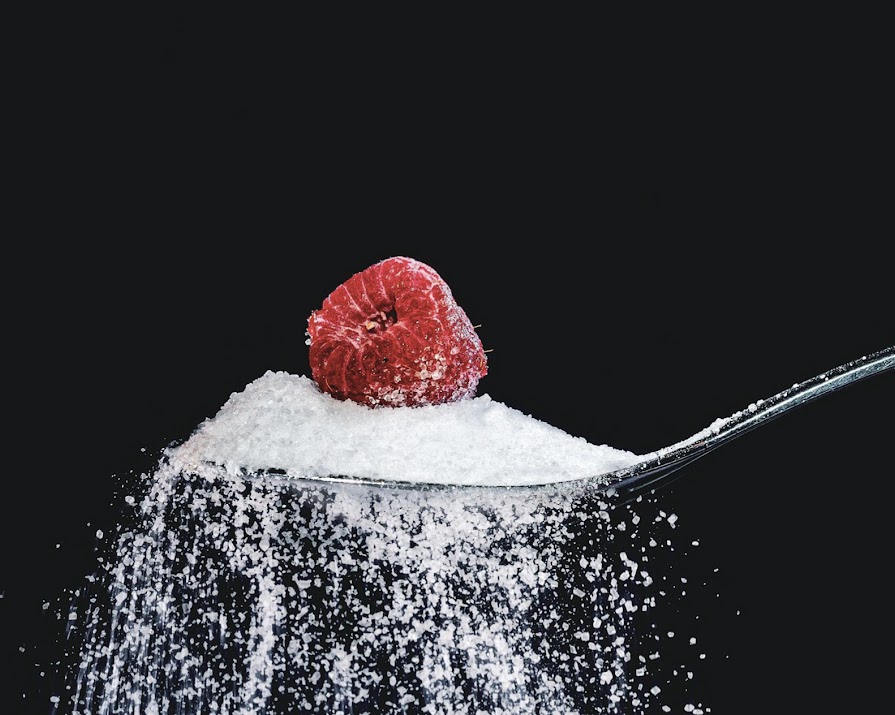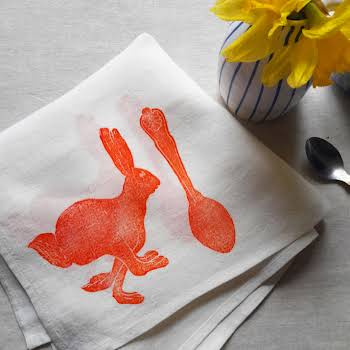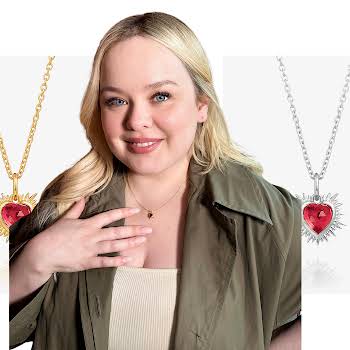
By Amanda Cassidy
16th Apr 2023
16th Apr 2023
New research has found that having more than six teaspoons of sugar a day raises your risk of 45 different health problems. IMAGE spoke to a nutritionist about how to avoid hidden sugars and discovers that they are lurking in some of the most surprising places...
This week a study published in The BMJ found that consuming more than six teaspoons of sugar daily increases your risk of almost fifty different health problems including obesity, diabetes, heart disease and even mental health issues like depression.
Researchers recommended a maximum of six teaspoons of sugar per day which is a lot less than many people are consuming, often unknowingly.
Hidden
Nutritionist and weight loss specialist Kim Pearson gives us the low-down on where this hidden sugar might be lurking in our diet.
Advertisement
“Many health conscious clients who come to see us are unknowingly consuming a lot more sugar than they realise. Sugar is often hiding in foods that appear to be healthy leading to people unknowingly over consuming it.” Kim explains.
“Consuming too much sugar has been linked to a wide range of health issues and it’s significantly contributing to our obesity crisis. It negatively impacts people’s blood sugar levels, causing fluctuations that result in energy dips and food cravings.”
It’s recommended that children under four consume no added sugar at all. But, according to the Harley-Street nutritionist, that’s not as straightforward as you might think. “They’re at play groups, children’s parties and in nurseries and school meals. Giving children these foods is setting them up for sickness later in life.”
Aware
The new study recommends that adults limit their intake to a maximum of six teaspoons per day.
“That’s the amount found in just nine chocolate Mini Eggs,” points out Kim. “A 90g bag (which many of us could put away in one sitting) contains 15 teaspoons. Children should be eating much less.”
Of course, we all know that chocolate, cakes and sweets are high in sugar. But what we often aren’t aware of is just how much sugar is hiding in seemingly healthy foods. Examples of high sugar foods that commonly catch people out include breakfast cereals, coffee shop coffees and sauces like stir fry sauces.
Advertisement
“Many people have no idea of how to interpret the nutrition information on the back of food labels but it’s an important thing to know. It’s something I teach my clients so that they can make informed choices. We can’t rely on how healthy a food might look from the front of the pack – marketing can be very misleading.
Concealed
It can be hard to tell just how much sugar is in the food you’re eating. Food labels can be confusing and often lead us to believe a food is healthy when it’s actually packed full of sugar.
Check the ‘nutrition information’ on the back of the label. If the food doesn’t have a label then look it up on the Nutrition Data website.
Find the ‘carbohydrates of which sugars’ row and find out how much sugar your food contains per 100g. Anything under 5g per 100g is low. Knowing this will help you see at a glance if a food is high in sugar.
To work out more specifically how much sugar you are consuming, you’ll need to know how much of the food you are eating. Don’t be fooled by how much the label says is a serving. Often what you might consume in one sitting is much more than the label states as a serving.
Knowledge
Once you know the quantity of the food you’re eating you can work out how much sugar is in your serving. Take the amount of sugar per 100g and multiply by the amount you’re consuming. For example, if you’re eating 200g of the food, multiply the amount of sugar in 100g by 2. If you’re eating 50g, multiply by 0.5.
Advertisement
I’m not suggesting that you have to weigh everything you eat. Often you can simply look at how many grams are in the whole packet and make an educated guess based on what proportion of the packet you’re eating. You can always weigh odd items of food to get a better idea of what things weigh which will make it easier to guess food weights in future.
Once you know how many grams, divide by four to give the amount in teaspoons. New research suggests we should limit our intake to a maximum of six teaspoons per day but the less, the better.”
Lurking
Kim also gives a case in point.
“100g Haribo Starmix contains 47g sugar (so you already know this is double the amount that’s considered ‘high’ by the NHS)
Say you eat 1/3 of a 175g ‘share size’ bag of Starmix, around 60g. Multiply 47g x 0.6 = 28.2g sugar.
Divide by 4 to figure out how much this is in teaspoons. 28.2 = 7.05
Advertisement
Now you know that eating 1/3 of a 175g bag of Haribo means you’re consuming seven teaspoons of sugar.”
Knowledge is power. and in a world where sugar is sneaking into our food like this, it’s essential we are aware of what we are ingesting.























